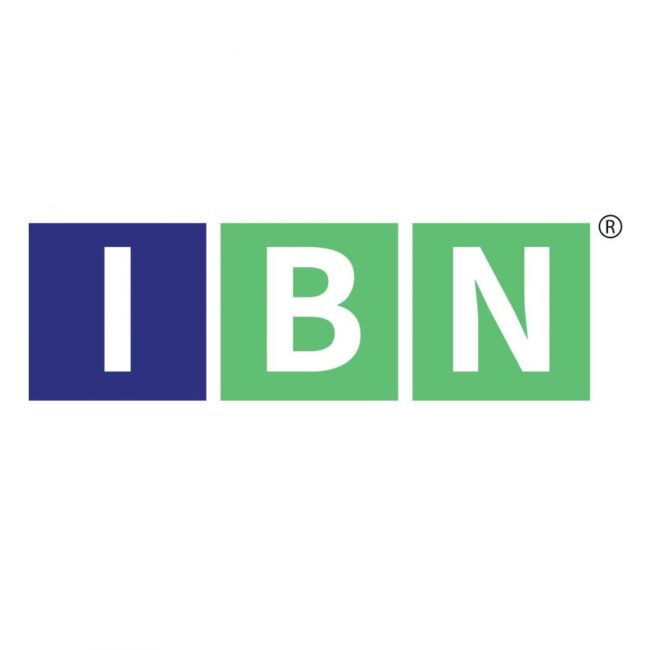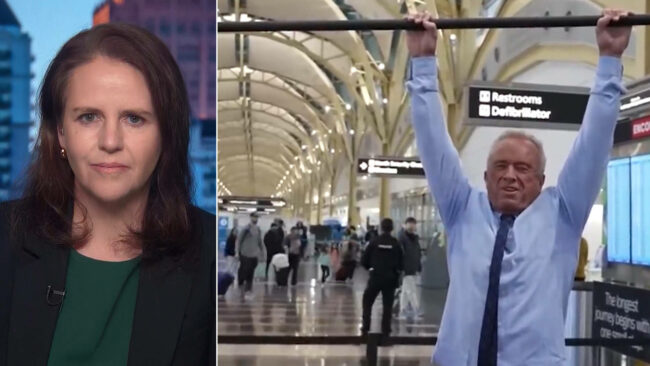State Employee Pay Raises And Little Jimmy Dickens, This West Virginia Morning
… Jimmy Dickens, This West Virginia Morning
WVPB Staff
… studded outfits, the West Virginia native influenced a generation … session.
West Virginia Morning is a production of West Virginia Public … and Mass Communications.
West Virginia Morning is produced …






